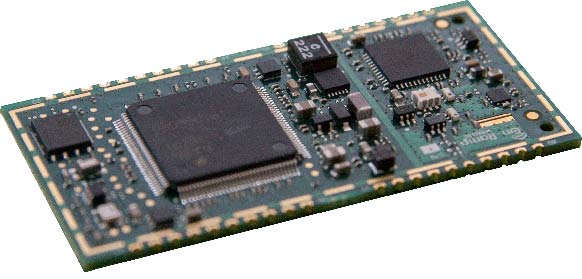
When you think of wireless networks, you generally think either of a personal wi-fi network like that at your house or a cafe, or the cellular networks that power our phones. Both these are consumer networks, intended for delivering things like media and instantaneous communication. But not every network has the same needs. On-Ramp Wireless intends to empower a new kind of network, one that covers thousands of square miles with just a few dozen nodes. The trade-off? Bandwidth.
The reason for the project is a need on energy grids to constantly monitor the state of distant grid nodes. Wired communications aren’t always practical, and the noisy, high-speed cellular networks are too crowded. On-Ramp decided to use wi-fi frequencies, but at such low power that it’s impossible to tell what’s being transmitted… without their proprietary chip.
They’ve set up a test network around San Diego over the last couple years since their launch, covering 4000 square miles with just 35 transmission points. The limit of the devices on the network is about 50 bytes per second. That doesn’t sound like much — and it isn’t. But for transmitting a few numbers and identifiers it’s more than adequate. They call it “Ultra-Link Processing,” and while it’s not the only “smart grid” communication tech out there, its range, low power requirements, and fresh design make it an attractive option — worthy of a $2.1 million grant from the Department of Energy, anyway.